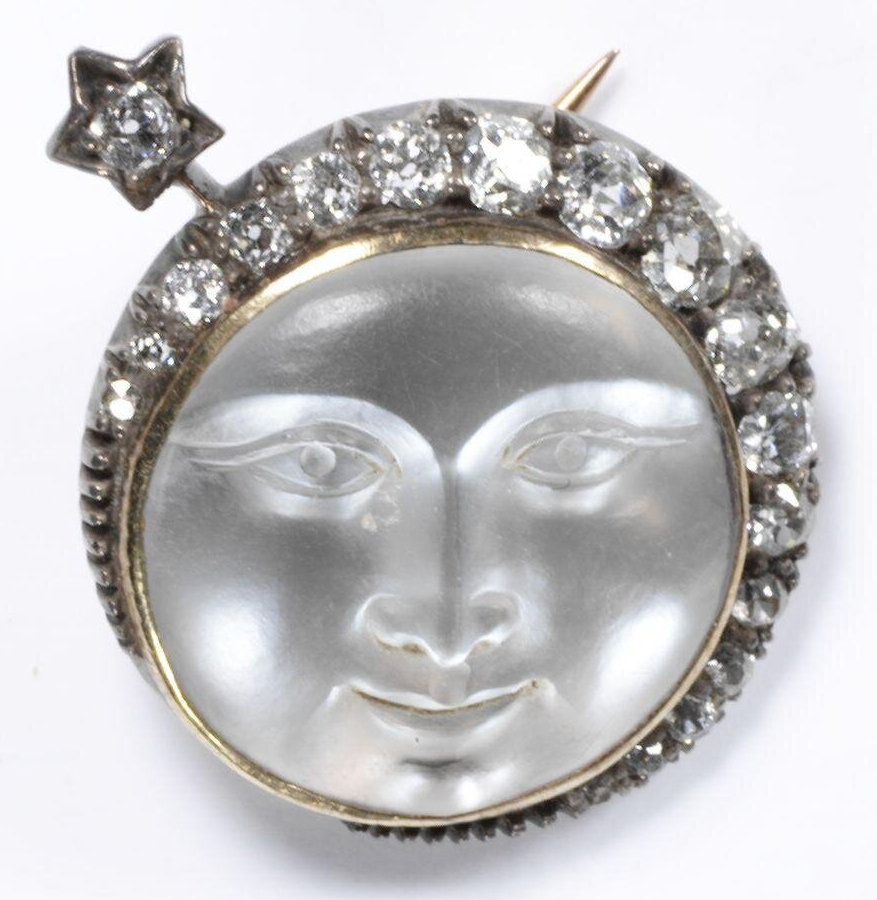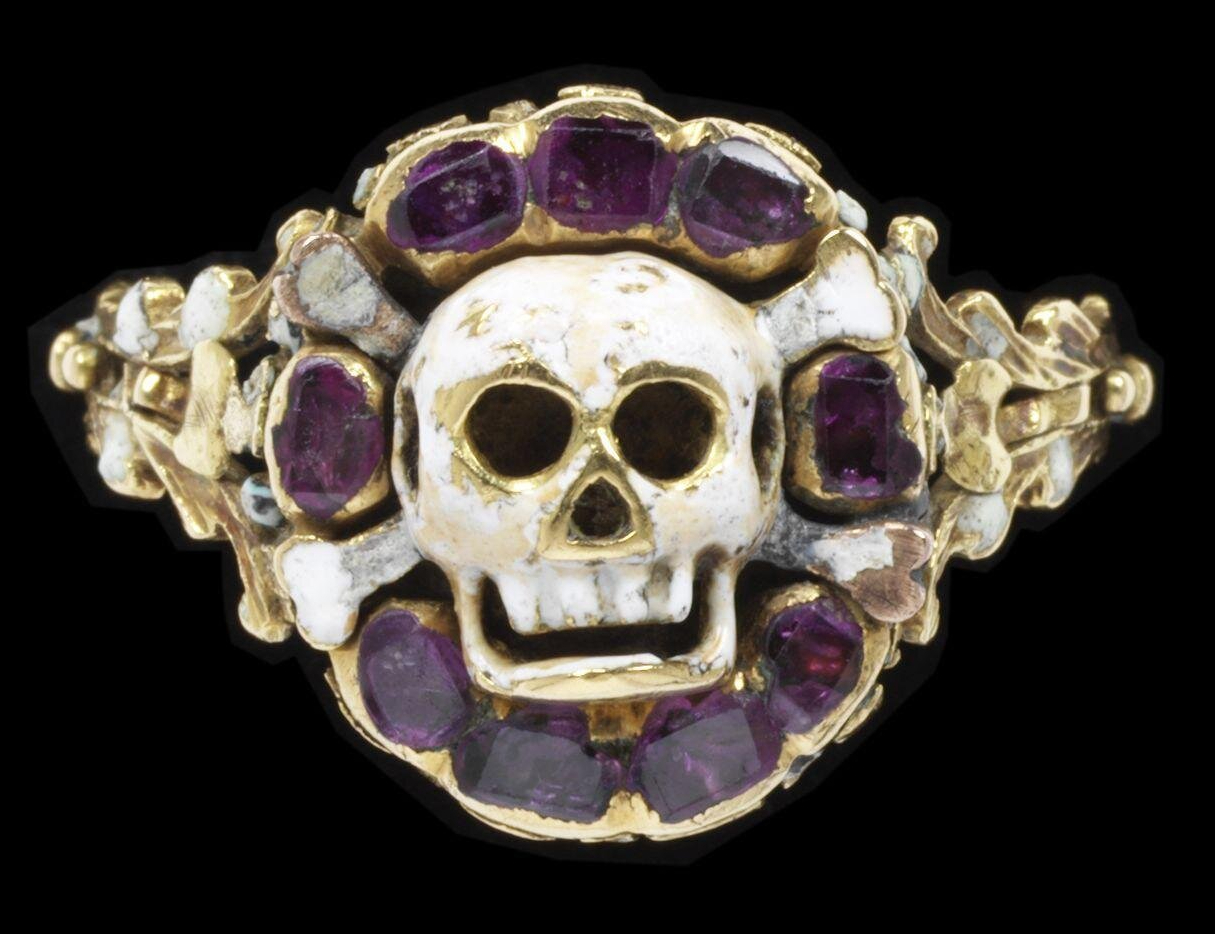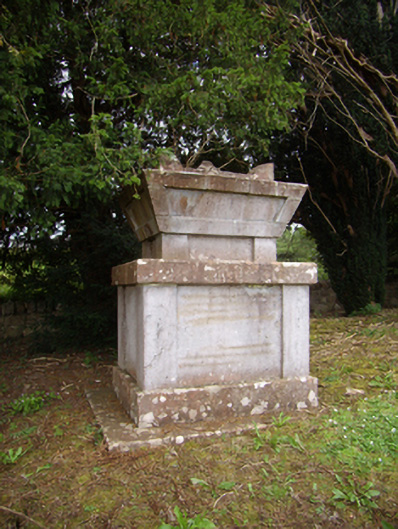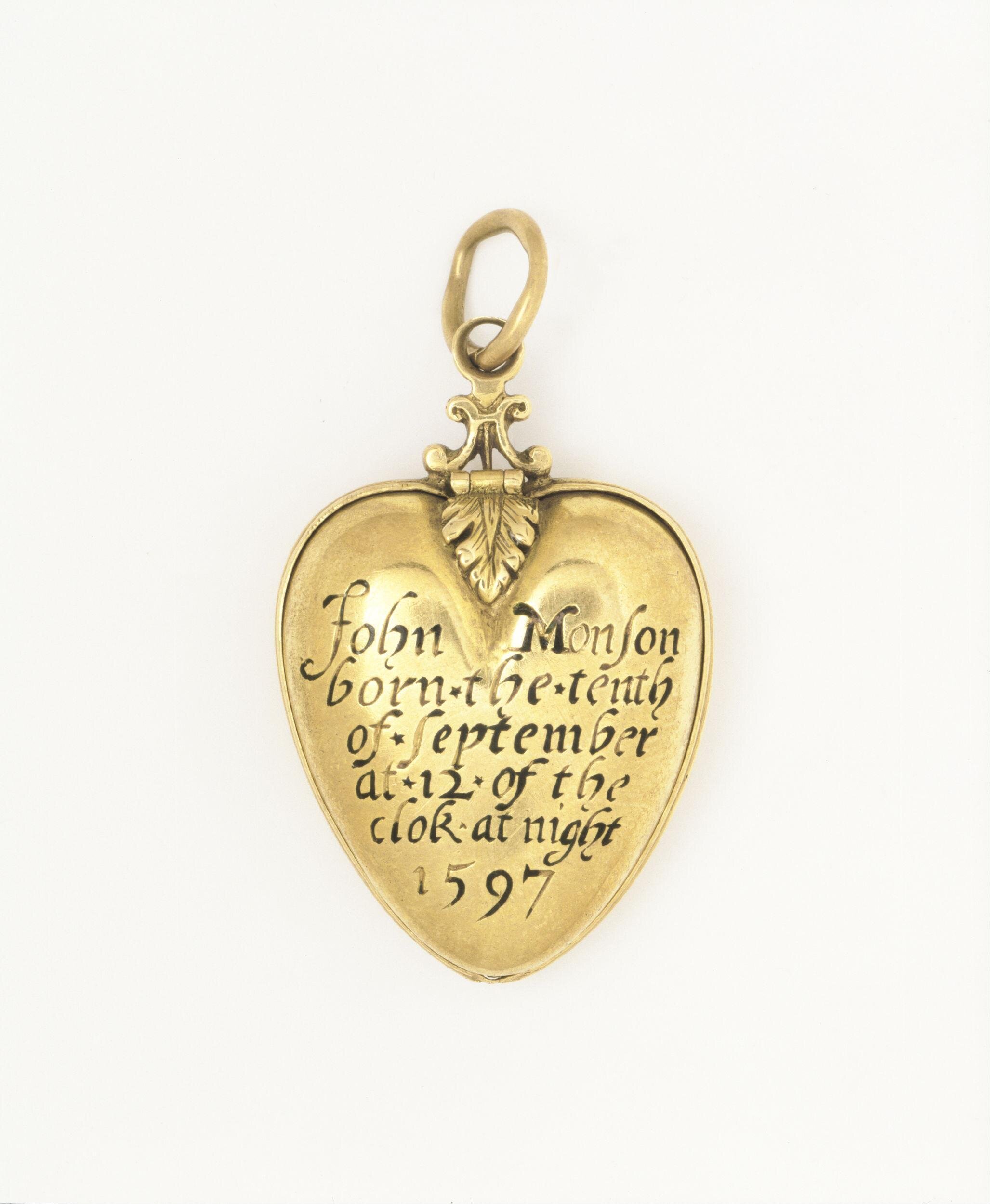Ganna Walska’ s life through jewellery Visiting the Victoria and Albert Museum’s gigantic Cartier exhbition, I saw hundreds of fantastic pieces of jewellery and fabulous
First World War soldiers faced terrible dangers. One way to manage this was through lucky jewellery and amulets – a small but important form of comfort.
What ideas have jewellers come up with? In the early twentieth century, signet rings with hidden keys were all the rage.
Sometimes jewellers have ideas which are not a success. In 1930, pearl kneelaces were one of those ill judged notions.
Understanding symbolism in jewellery is a key skill. The moon can represent the Virgin Mary, goddesses Diana and Artemis or be a fashionable jewel for the body or hair. In the 1960s, jewellery was inspired by the Space Race.
Skulls are often found in jewellery, but what do they mean? In Renaissance and early modern art, they symbolised death and eternal judgment. By the nineteenth century, they had become fashionable party pieces.
In 1874, explorer Henry Morton Stanley set off for central Africa with a ring engraved with his name and the expedition dates. Eight years later, the ring resurfaced as a wedding gift from a Congo missionary. Why did Stanley value the ring and how did it match up to his other wedding gifts?
The Prince Imperial’s unlucky locket A jewel is often a gift of love – sometimes romantic, but sometimes given by a mother to her much
Mourning jewels have been made for hundreds of years. However, sometimes they are very strange, like the locket worn by politician Denis Bowes Daly…
Some jewellery was made to bring luck to the wearer. A little gold locket from 1597 held the caul or amniotic sac of John Monson, to protect him from drowning and other dangers.









